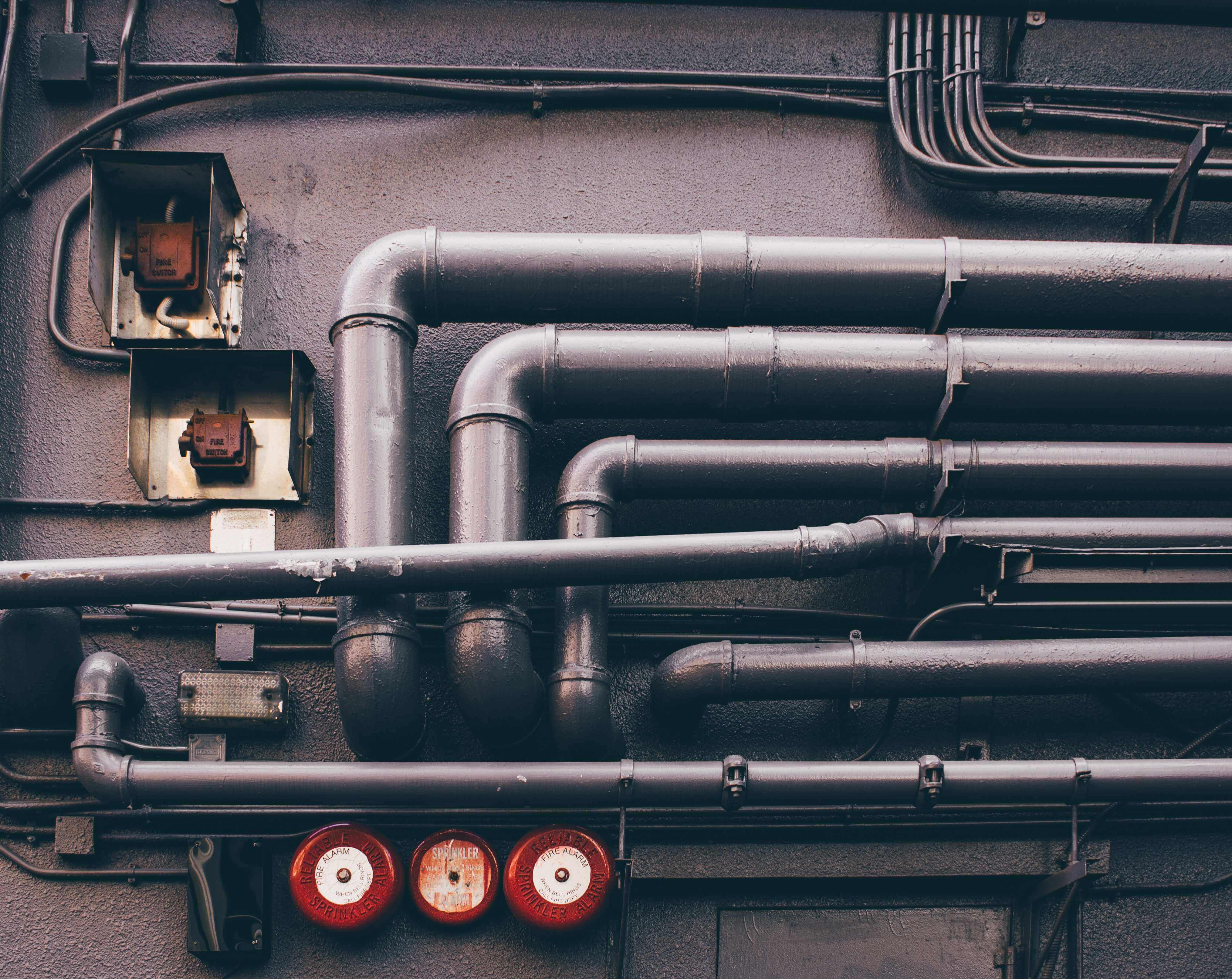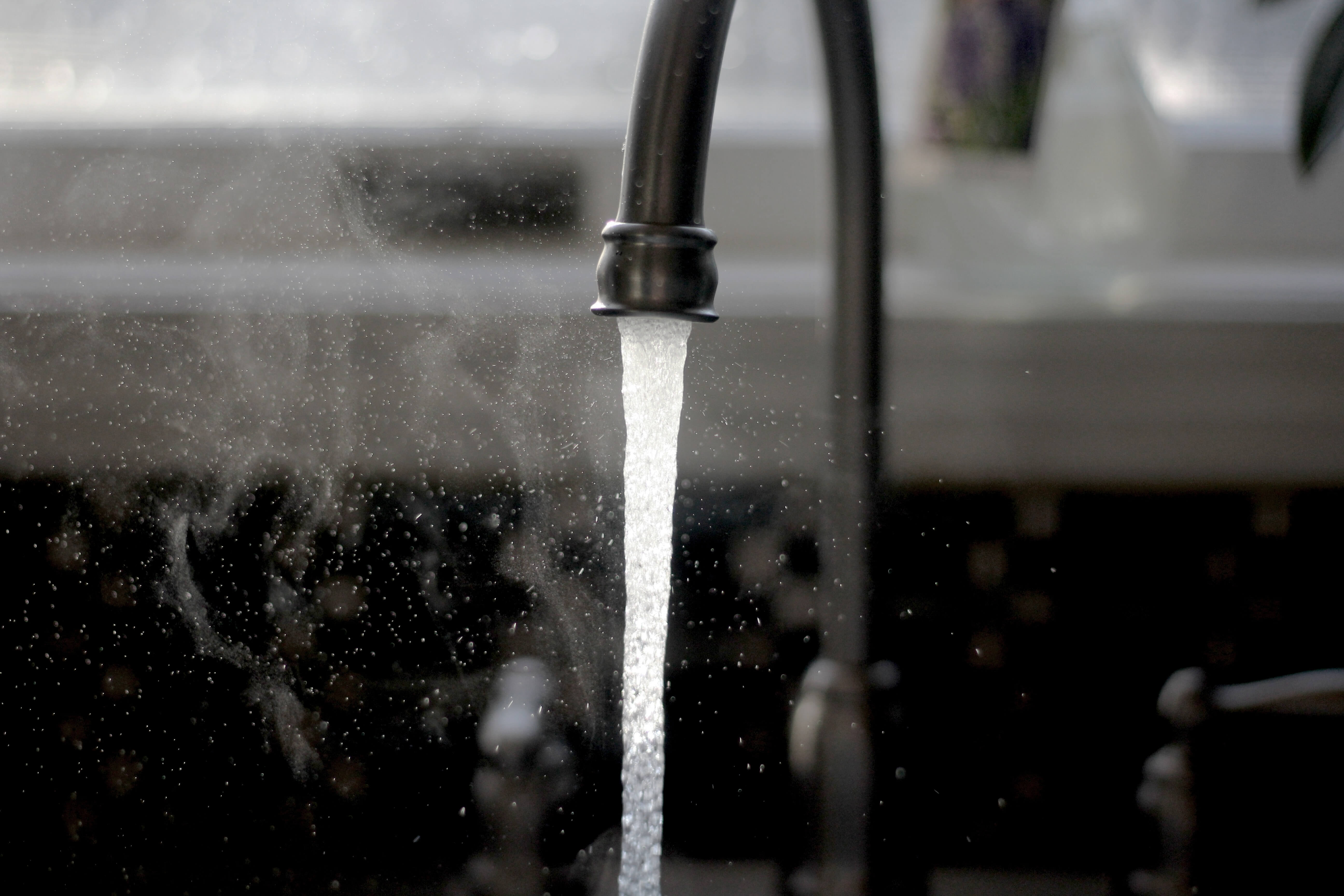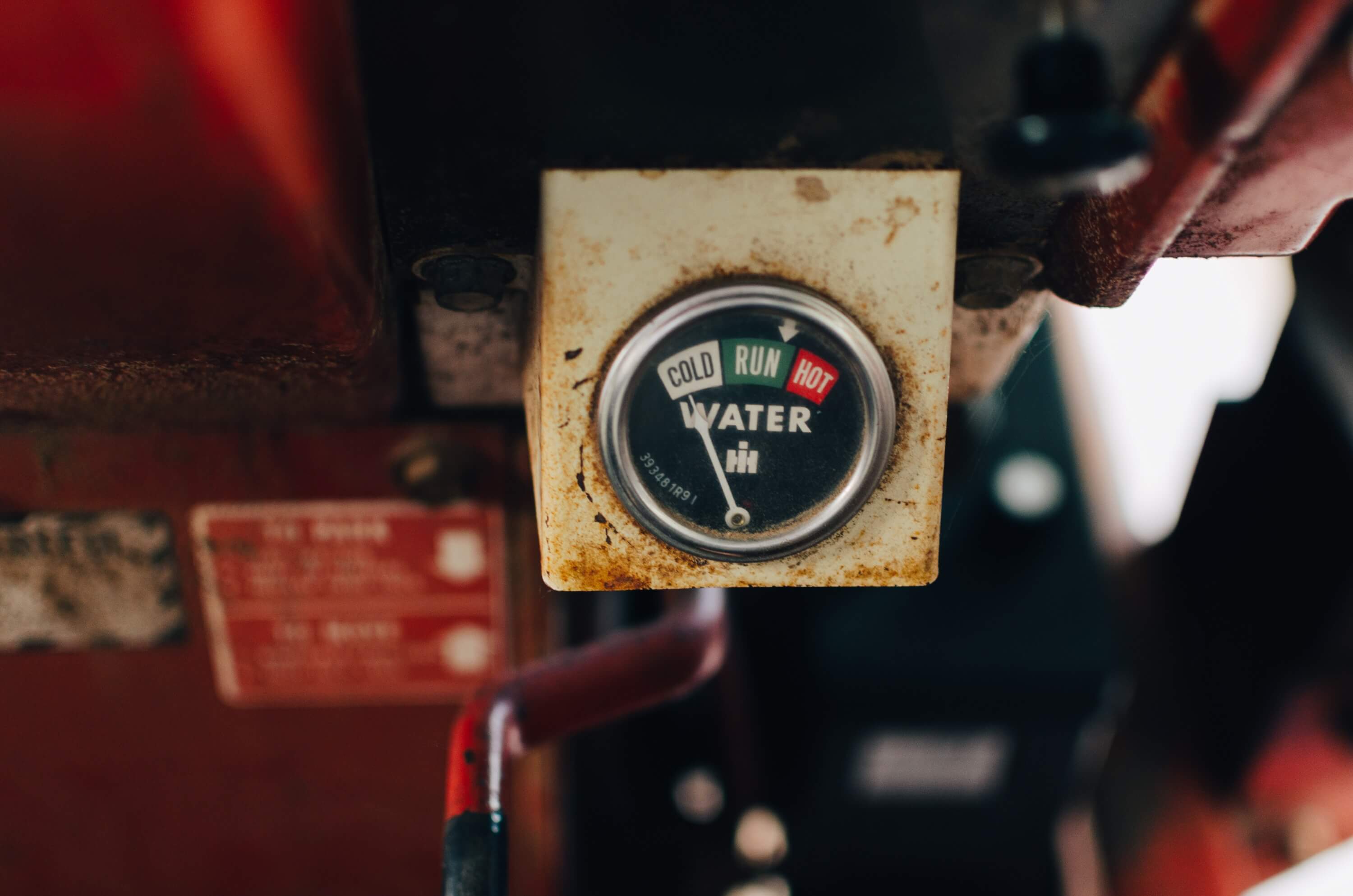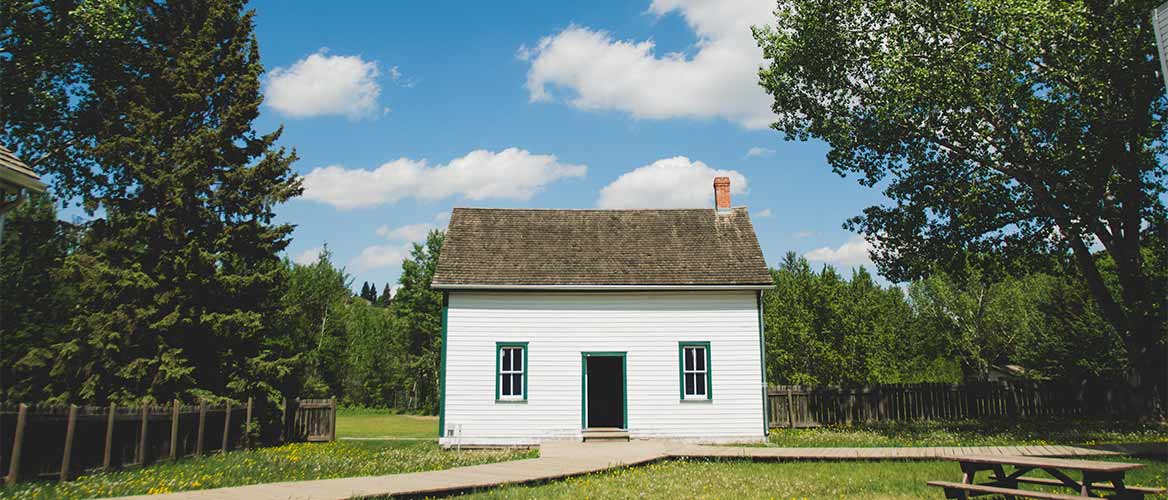August 18, 2023
January 16, 2020
If you live in cold and humid climates, and also your pipes are especially exposed to these harsh weather conditions (as it happens in many ground-floor houses, chalets or duplexes), today's post will be crucial. Keeping your water pipes insulated from the low temperatures will guarantee you a calm winter without unwelcome surprises such as blowouts due to freezing of the water they contain. This is a very common problem between December and February with possibly very expensive repairs. So, this post will tell you how to prevent pipes from freezing with 6 easy tricks.
1. Repair leaks to prevent pipes from freezing
Leaks are the number one threat. That is why it is important that you look for and repair any type of drip that is occurring in your plumbing system, from faucets to sinks, especially those that are closer to the outside or directly in the open.
2. Watch out for water outside
Outside in the yard and garden, make sure to always empty the hoses so that they do not contain water that, when turned into ice, burst them from the inside. In fact, when temperatures threaten to drop below zero, disconnect them from the external stopcock to prevent freezing as well, reaching the pipeline itself. If you have a water tank outside, keep it from freezing by pouring some glycerin into the tank.

3. Protect the pipes that don’t contain hot water
Usually, mainly the basement and external parts of the house usually have these, and they’re the main candidates to freeze and give you scares. Insulating these pipes is essential and there are many thermal tapes and insulating accessories that you can install right now to prevent this.
Regarding the thermal tapes, there are different types with different materials and performance levels. Some have an integrated thermostat, which needs the tape to be entangled between the pipe and the insulation. Some thermal tapes do not allow insulation covering them, so it is best to always follow the manufacturer's instructions.
4. How prevent pipes from freezing by heating a frozen pipe
To heat a frozen pipe, first check the state of the material of the pipe section in question. Some plastics and copper will break if the transition is very abrupt, or simply because they have already cracked with freezing and are waiting to return to a warmer temperature to release all stored water.
If you see a broken pipe, call a plumber for a guaranteed quality fix. Professional help can make a big difference in this case, possibly avoiding major problems. If the pipe is made of a resistant metal, you can heat it by applying a remote soldering iron, a dryer or a heat lamp. Always do it very carefully and little by little and never leave this process unsupervised.

5. Use a hot water re-circulation valve with thermal convection temperature control
It sounds like Chinese, but it is a very ingenious device that does not require electricity to operate, and will make warm water continuously circulate through the pipes whenever the temperature is below the point you have configured. Unlike the thermal tape, which only heats the pipes, this process circulates the water without interruption to avoid crystallization and freezing, regardless of whether the pipes are hidden.
Keep in mind that this method requires that the valve be installed at a higher level (2nd or 3rd floor) than the water heater. The uninterrupted circulation of water through your system will increase your water heating bill. When you don't want circulation, uninstall the valve and you're done.

6. Install a material called ICE LOC
It is an elastomer that fits inside the pipes within problematic areas, and that prevents the pipes from breaking by absorbing the expansion of frozen water.
Hopefully, these tricks will help you on your way to knowing how to prevent pipes from freezing so you can simply appreciate your home's more enjoyable features! If you're looking for a good home insurance, discover the guide to Caser Home Insurance below:
.png?width=344&height=67&name=logo_caser%20(2).png)







Let Us Know What You Thought about this Post.
Put your Comment Below.